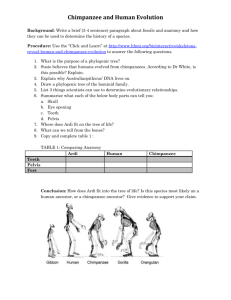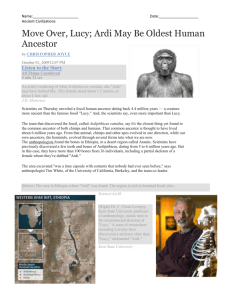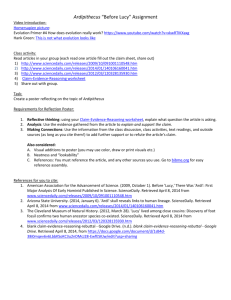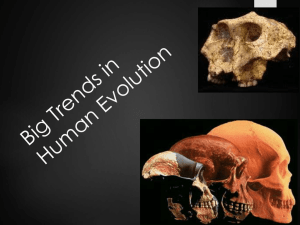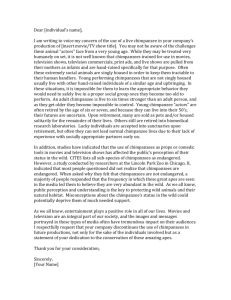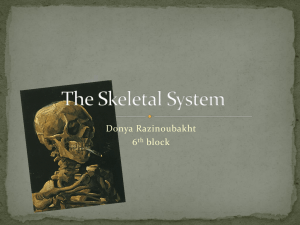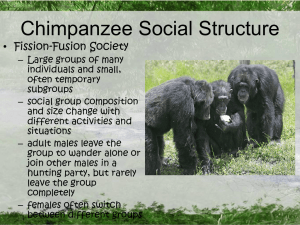How Humanlike Was "Ardi"?
advertisement
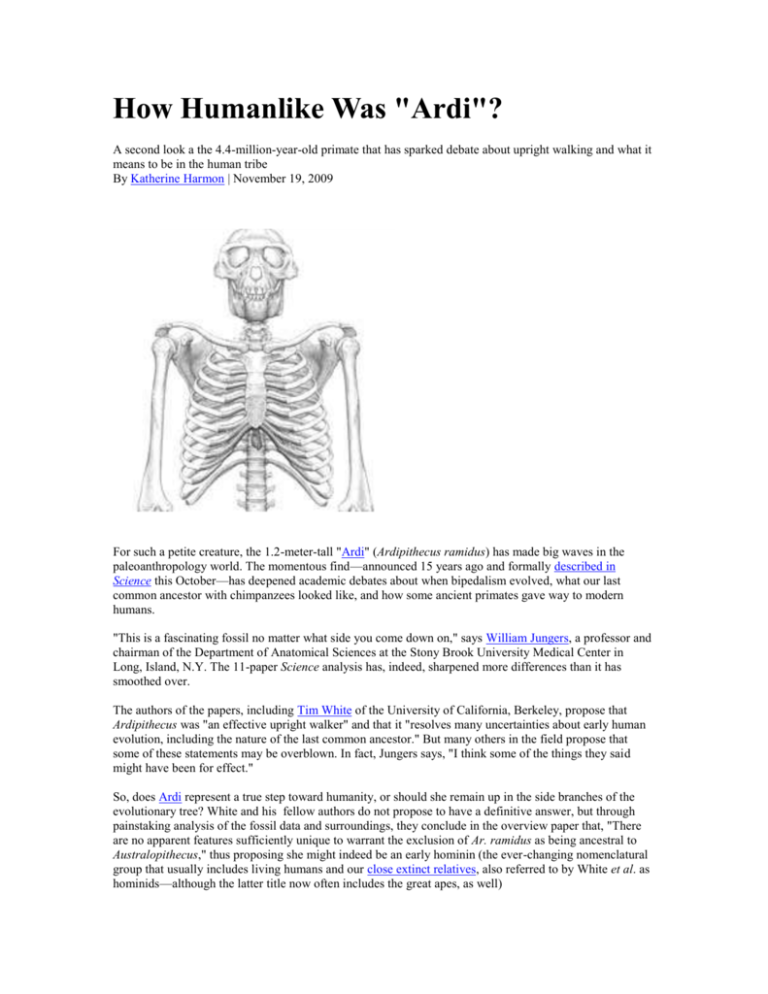
How Humanlike Was "Ardi"? A second look a the 4.4-million-year-old primate that has sparked debate about upright walking and what it means to be in the human tribe By Katherine Harmon | November 19, 2009 For such a petite creature, the 1.2-meter-tall "Ardi" (Ardipithecus ramidus) has made big waves in the paleoanthropology world. The momentous find—announced 15 years ago and formally described in Science this October—has deepened academic debates about when bipedalism evolved, what our last common ancestor with chimpanzees looked like, and how some ancient primates gave way to modern humans. "This is a fascinating fossil no matter what side you come down on," says William Jungers, a professor and chairman of the Department of Anatomical Sciences at the Stony Brook University Medical Center in Long, Island, N.Y. The 11-paper Science analysis has, indeed, sharpened more differences than it has smoothed over. The authors of the papers, including Tim White of the University of California, Berkeley, propose that Ardipithecus was "an effective upright walker" and that it "resolves many uncertainties about early human evolution, including the nature of the last common ancestor." But many others in the field propose that some of these statements may be overblown. In fact, Jungers says, "I think some of the things they said might have been for effect." So, does Ardi represent a true step toward humanity, or should she remain up in the side branches of the evolutionary tree? White and his fellow authors do not propose to have a definitive answer, but through painstaking analysis of the fossil data and surroundings, they conclude in the overview paper that, "There are no apparent features sufficiently unique to warrant the exclusion of Ar. ramidus as being ancestral to Australopithecus," thus proposing she might indeed be an early hominin (the ever-changing nomenclatural group that usually includes living humans and our close extinct relatives, also referred to by White et al. as hominids—although the latter title now often includes the great apes, as well) But piecing together how Ardipithecus fits into the evolutionary story of humanity may prove even more difficult than reconstructing Ardi's fragmented and fragile bones, and the process has already turned out to be a contentious one. Able biped? Because the traditional hallmark of an early human has been the adaptation for upright walking, much of the debate over Ardipithecus's status hinges on how her lower body bones fit together—in particular, the position of her damaged ilium, the winglike upper pelvis bone. Depending on how this bone is oriented, muscles around the hip joints work differently, explains David Begun, a professor in the Department of Anthropology at the University of Toronto. The summary in one of the Science papers, led by Owen Lovejoy of Kent State University in Ohio, argues that by Ardi's time, "the gluteal muscles had been repositioned so that Ar. ramidus could walk upright without shifting its center of mass from side to side" (unlike today's lumbering great apes), but a different interpretation of the ilium could change all of that. Despite the numerous images and descriptions put forth by the researchers, others are reluctant to take the reconstructions without a grain of salt. Begun says: "Maybe the pieces do fit together nicely, but the reality is they start out with a very damaged specimen, and they end up with something very similar to an australopithecine" (the group that includes "Lucy," the 3.2-million-year-old Australopithecus as well as a 2.7-million-year-old Paranthropus). "It's very difficult not to make them look like something you have in your mind if there's any chance of play," he says. Jungers also notes the perils of reconstruction, which in a case like Ardi's "requires a lot of guesswork." As the upper pelvis appears like it could belong to an early human, the bottom part looks more like a quadrupedal, nonhuman primate, says Jungers, who recently met with White and examined photos of the bones. White asserts, however, that after working with the fossils himself, there is no way that they could belong to "an animal that wasn't often walking on its hind legs," unless the data "were deliberately ignored, or if we had made them up," he argues. Comfortable climber Even if Ardi's reconstructed hips don't convince everyone, her feet could provide some important insights into the species's locomotion. In a summary to one of the Science papers led by Lovejoy, the authors note that, "although the foot anatomy of Ar. ramidus shows that it was still climbing trees, on the ground it walked upright." Ardi's feet do point to a comfort with life in the trees. Her big toe, which Jungers calls "remarkably primitive," is quite divergent—even more so than the grasping digit in modern-day chimpanzees—which would help with climbing. None of the known foot components, no matter how well adapted to climbing, preclude Ardipithecus from walking upright on the ground. Jungers, however, thinks "it really doesn't show any adaptations for bipedalism at all." In fact, he says, many components of Ar. ramidus don't make Ardi look that much more adept at walking upright than chimpanzees—a primate that White et al. disavow as a model for early human evolution. In a summary paper led by Lovejoy, the authors describe Ardipithecus as a "facultative upright walker," one that can walk on two legs if needed (to carry something in the forearms, for example) but that isn't necessarily prone to do so. "What's ironic is that that's how you would describe bipedality in chimpanzees," Jungers says—"they're facultative bipeds." Homo erectus, on the other hand, which lived about 2.6 million years after Ardi, were obligate bipeds, and he points out, "even humans are facultative climbers." No matter how some of Ardi's bones are assembled or reassembled, the debate about how the species got around on the ground may not be settled by further analysis of this specimen. Even though hundreds of bones were uncovered, the species still lacks a knee joint. "I think a knee joint would seal the deal one way or another," Begun says. And more foot bones wouldn't hurt either, Jungers notes. Cranial clues Rather than continue the lineage debate below the belt, Ardi's most important features might rest above her shoulders, Jungers says. "We have to abandon bipedality as the hallmark of being a 'hominin' sensu stricto if we hope to keep Ardi in our clade," he wrote in an e-mail to ScientificAmerican.com "If we had just found the fossils below the neck, it's possible we wouldn't be talking about Ardi as a hominin at all," he says. The numerous cranial pieces that the research team uncovered might, however, help sway the debate toward the early human camp. In a conversation with White, Jungers says, he was compelled by the dental evidence—especially the upper canine teeth, which were smaller and more humanlike than those of chimpanzees—to consider Ardi as an early step in human evolution. The small canines and minimal size difference between males and females of the species are "indicative of minimal social aggression," the authors of one of the Science summaries (led by White) wrote. If males didn't compete for females through physical aggression, co-author Lovejoy has argued, they might have been more involved in raising offspring—a key component of later human evolution. The skull itself also raises questions about how similar Ardi was to our other ancestors, such as Lucy. The authors of the Science papers make note of the smaller lower face in Ardipithecus, which doesn't project as much as a chimpanzee's and is shaped more like that of Australopithecus. But outside researchers focus on the similarity in size to other nonhuman primates, such as extinct Miocene epoch apes. White, however, prefers to take the specimen in full, calling pointedly piecemeal analysis "entirely hypothetical, and actually unrealistic." He grants that "if only an intermediate hand phalanx had been found, then it would not have been possible to ascertain the phylogenetic relationships of the species," but he concludes that, "the characters of the dentition, skull and postcranial skeleton…are all uniquely shared by Ar. ramidus and later hominids, to the exclusion of all other extant and extinct apes," he wrote in an email. "Even without the cranium and dentition," he maintains, "the same case would still be supported because of the shared derived traits in the hip and the foot." He and his collaborators do not insist on upright walking as the only indicator that Ardi and her clade were indeed early humans, but he notes that so far it is part of the picture. He says that although their group's definition of the family "Hominidae" was "not based on bipedality, per se," the designation "appears consistent with both bipedality and SCC [sectorial canine complex] loss happening close to the time of divergence" of the human and chimpanzee lines. A place in the evolutionary trees Long an evolutionary mystery, the last common ancestor shared by humans and chimpanzees may be at least partially clarified by the discovery of Ar. ramidus, argued the authors of the 600-plus pages of material submitted to Science about the species. Ardi does help to settle some important debates about this crucial creature, such as whether our early ancestors walked on their front knuckles like modern chimpanzees. (Now it appears that they probably did not.) But as Jungers points out, the notion that humans evolved from chimpanzees (or even a chimpanzeelike creature) is already an antiquated one. Likewise, to paint a picture of a last common ancestor that lived some six million to eight million years ago through 4.4-million-year-old Ardi would be a difficult task, notes Begun. "In the same way Tim [White] argues that it's naive to assume" chimpanzees haven't evolved in millions of years, Begun says, it may be naive to assume Ardi bears much resemblance to a common ancestor. Begun and others are perhaps slower to propose a place for Ardi in the direct human line than are the project researchers, who note that even though the species is "substantially more primitive than Australopithecus" (as they wrote in a summary led by White), "it appears…to have occupied the basal adaptive plateau of hominid natural history" (as another summary, led by Lovejoy, noted). But as difficult as it has been to claim Ardi as a close relative, it has also been difficult to dismiss her. "I don't think its unfair to say that Ardi's precise phylogenic position is unclear and debatable at this time," Jungers comments. Even White notes that "the three most likely possibilities" are that Ardipithecus is either in the human line, chimpanzee line or predates both. "We assign it to the hominid [aka hominin] clade based on a series of newly evolved characters that it shares exclusively with all other members of that clade—Australopithecus species and Homo sapiens," he says. From studying the published data in Science, Begun found "very little in the anatomy of this specimen that leads directly to Australopithecus, then to Homo sapiens," he says. "This could very easily be a side branch." Broader analyses of Ardi's place in the primate family tree and her role in the move to upright walking may have to wait until the original fossils and their casts become available for other researchers to examine. "We're raring to go to see how Ardi fits in," Jungers says. White himself seems anxious to let others see for themselves the evidence that he is confident in: "We welcome these investigators to have a close comparative look at the fossils before drawing conclusions on something as important as bipedality." Opportunities to have a close look at the originals are being granted on a case-by-case basis. A more complete analysis of the find is forthcoming in publications on the larger Middle Awash Project (to be published by the University of California Press).* Regardless of the eagerness to lay eyes on Ardi and the other specimens as well as lingering questions about the species's status as a hominin, most researchers applaud the significant work involved in excavating and analyzing the fossils. "What those guys did was pretty amazing," Jungers says. The extensive documentation of Ar. ramidus' context has "set a new standard," which, he says, is "truly extraordinary." *Correction (11/19/09): This paragraph was changed after publication to reflect the current Middle Awash Project policies for viewing. http://www.scientificamerican.com/article/how-humanlike-was-ardi/
